Botamochi is a popular snack and dessert in Japan and locals often served them at tea ceremonies and other special occasions. You can also find them in many Japanese confectionery shops, as well as in supermarkets and convenience stores. In this article, we’ll explore the history and cultural significance of botamochi in Japan, as well as how it is made and where to find it.
What is Botamochi?
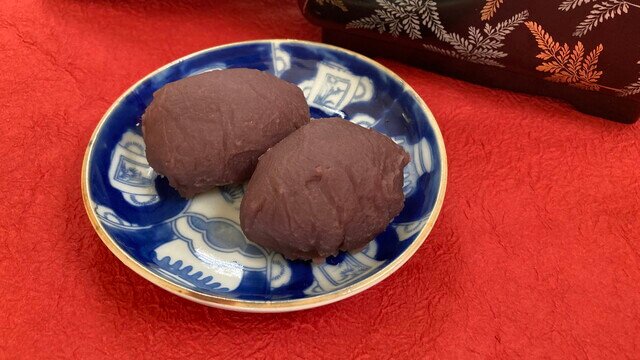
Botamochi is a traditional Japanese sweet made from sticky rice and sweet azuki bean paste and usually enjoyed in the springtime in Tochigi prefecture. Locals typically made this by shaping glutinous rice into small balls, which then filled with sweet azuki bean paste and coated with soybean flour. Sometimes, the rice balls are grilled or roasted before coating them to give them a slightly crispy texture. People serve it to entertain guests, gather after rice planting, as a snack for children, and during Buddhist memorial services. They use strained and crushed bean paste in its preparation. In addition to sprinkling bean paste on the surface, people may also stuff the inside with bean paste, much like how daifuku is made.
Botamochi History
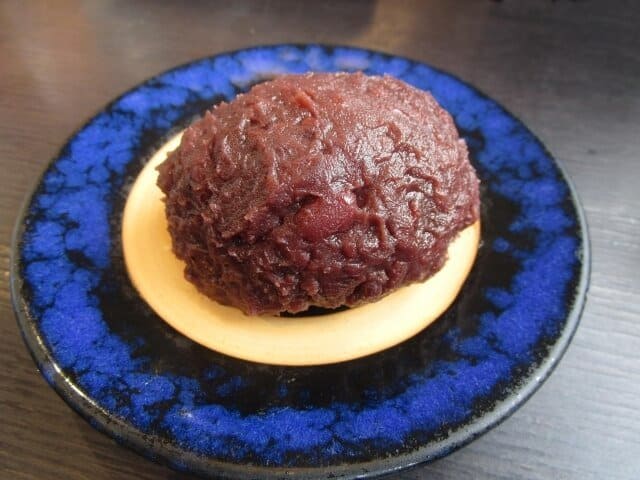
During the Edo period (1603-1868), samurai and commoners alike enjoyed Botamochi, primarily made with sweetened red beans and sticky rice. In Kyoto, various types of ohagi, other than azuki beans, were also made. However, during the Meiji period (1868-1912), the production of sugar became more widespread, which led to changes in the way Botamochi was made. Sweetened red bean paste became more commonly used as a filling, and the surface of the rice ball was coated with kinako (roasted soybean flour) or a mixture of kinako and sugar.
In the Taisho period (1912-1926), street vendors began selling Botamochi, which became a popular snack for children. Following World War II, Botamochi continued to evolve, with new variations created, including those filled with strawberries, chestnuts, and other ingredients. Today, Botamochi remains a beloved traditional sweet in Japan, enjoyed for various occasions, including springtime celebrations, tea ceremonies, and Buddhist memorial services.
Difference between botamochi and ohagi
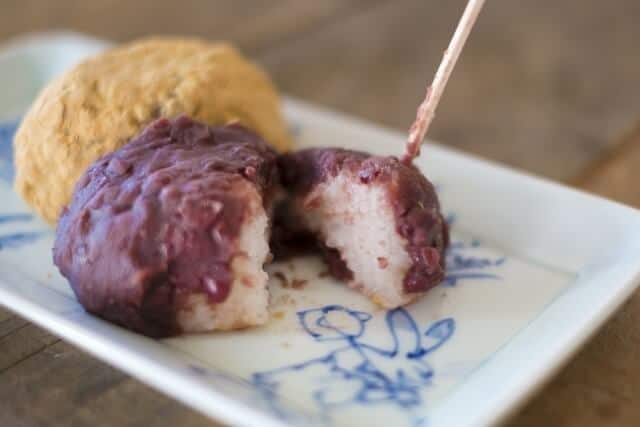
Japanese named Botamochi and ohagi after the flowers of the seasons in which they were made. During the Edo period, locals ate botamochi during the spring equinoctial week. Since sugar was a precious commodity, they originally made the anko salty. However, in the mid-Edo period, anko containing sugar became popular. They often compared botamochi to peony flowers due to its appearance. In contrast, locals eat ohagi during the autumn equinoctial week. The name “ohagi mochi” changed to “ohagi” because the shape of the red beans in the dish resembles that of the clover flower.
Botamochi was traditionally made in a large, round shape resembling a peony flower, while ohagi was in a long, slender bale-like shape resembling a bush clover flower. Additionally, there is a difference between the types of red bean paste used for each dish, with botamochi using strained bean paste and ohagi using grainy bean paste.
Similar mochi by area
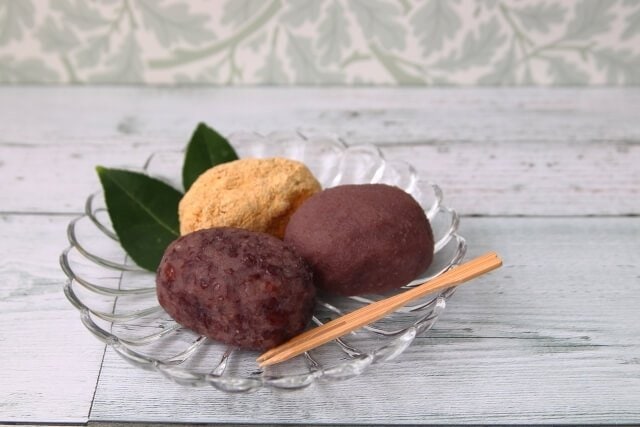
Kurogoma (Black sesame)
Black sesame ohagi is common in northern and eastern Japan. Three colors are common in these regions: soybean flour, adzuki beans, and black sesame. There are two types of black sesame ohagi: one that uses ground sesame and one that uses roasted sesame.
Zunda
Zunda is a bean paste with a jade color. The “Zunda Mochi” and “Zunda Shake” are well-known sweets made with zunda, and many of them are in the Tohoku region, especially in Miyagi Prefecture. In the Tohoku region, such zunda is for ohagi (red bean paste).
Aonori
Locals in western Japan, particularly in the Kansai region, widely eat Aonori ohagi. Aonori is a popular ingredient in dishes like okonomiyaki and takoyaki, but in Kansai, they also used it to make ohagi. The Kansai style of making ohagi involves not only sprinkling green nori on top of it but also filling it with red bean paste. This method results in a visually striking appearance, and the combination of salty seaweed and sweet bean paste creates a delicious flavor.
Health information about Botamochi
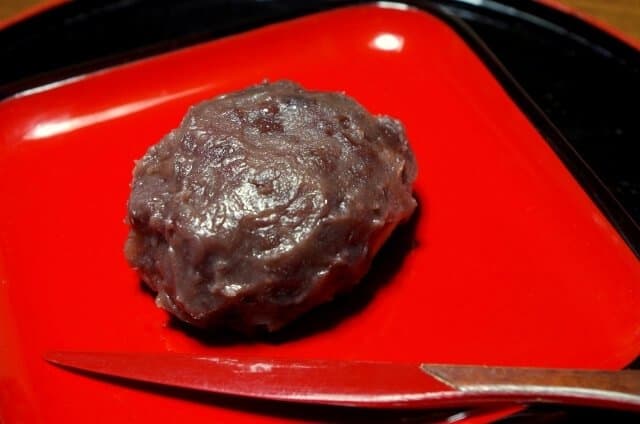
While it is a delicious treat, it is also relatively high in calories and sugar, so you should consume it in moderation as part of a balanced diet. The nutritional value of botamochi can vary depending on the ingredients used and the serving size. Generally, one serving (one small ball) contains around 100-150 calories, mostly from carbohydrates. It also contains a small amount of protein and fat. Red bean paste, a common filling for botamochi, is rich in fiber, protein, and micronutrients such as iron and folate. Glutinous rice used to make botamochi is a good source of carbohydrates, providing energy for the body.
Botamochi FAQ
- Why did the Japanese name it Botamochi?
-
The word “botamochi” come from the Japanese word “botan” which means “peony flower,” and “mochi,” which means “rice cake.” They named it after the peony flower because the shape of the round botamochi rice cake resembles the shape of a peony flower.
- What cultural celebrations or festivals do the Japanese serve Botamochi?
-
Botamochi is a popular sweet treat in Japan enjoyed during various cultural events and celebrations such as Hinamatsuri, Higan, and Hanami. Locals often served it as a sweet treat during the Doll Festival, offered as a food offering at temples during the spring and autumn equinoxes, and enjoyed during Cherry Blossom Viewing, a popular springtime tradition.
Botamochi Recipe
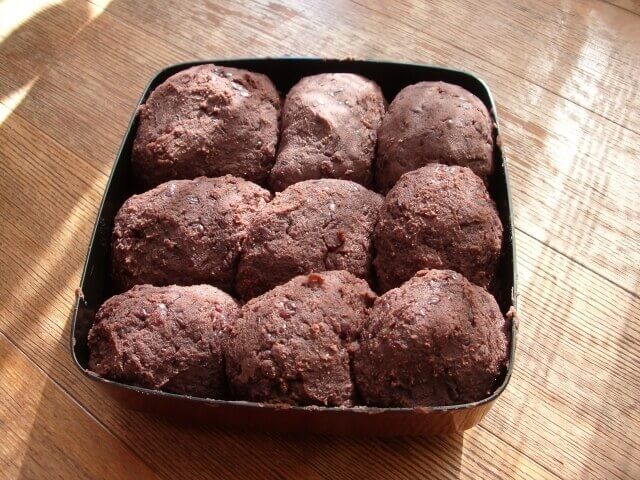
Botamochi Ingredients
| Ingredients of Botamochi for 5 persons | Measurements |
|---|---|
| Sticky rice | 150g |
| Rice (non-glutinous rice) | 300g |
| Water | 720g |
| [Azuki bean paste] Raw bean paste | 400g |
| [Azuki bean paste] Sugar | 200-800g |
| [Azuki bean paste] Water | 160g |
| [Azuki bean paste] Salt | 3g |
How to make Botamochi
Mix rice and glutinous rice, wash and soak in water for about an hour before cooking.
Put sugar and water in a pot, bring to a boil, add 1/2 of the raw bean paste, and knead. Add salt at the end. Then, place the rice from Step 1 in a jubako or container, and spread the bean paste on top.
If you want to make that style of bales, shape the rice from step 1 into bales. Spread an appropriate amount of red bean paste on the plastic wrap, put the rice on top, and wrap it with plastic wrap to coat it with the red bean paste.
Where to buy Botamochi
Minami Machida (OHAGI3 南町田店)
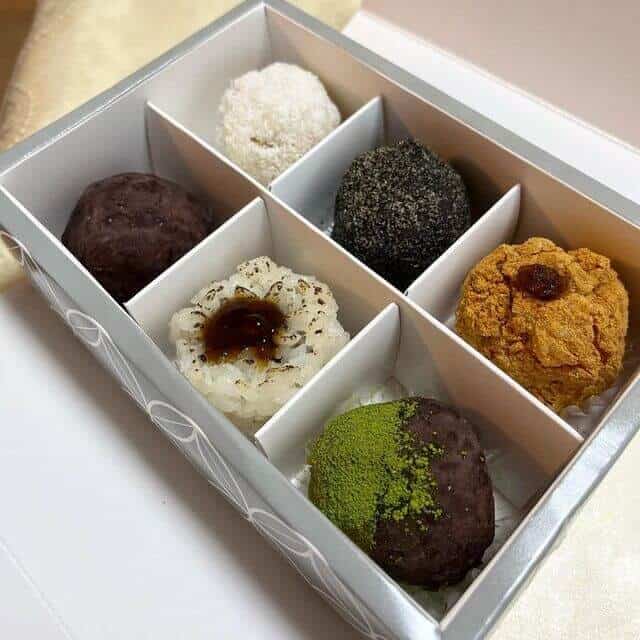
This is a shop where you can enjoy additive-free handmade botamochi and ohagi. In addition to Tokyo, theu have a total of 15 stores in Nagoya, Hiroshima, and Miyagi. You can enjoy various flavors such as mitarashi, coconut, and matcha, as well as tsubuan. The mochi are not too sweet and recommended for those who are concerned about their health.
Takenoto Ohagi (タケノとおはぎ)
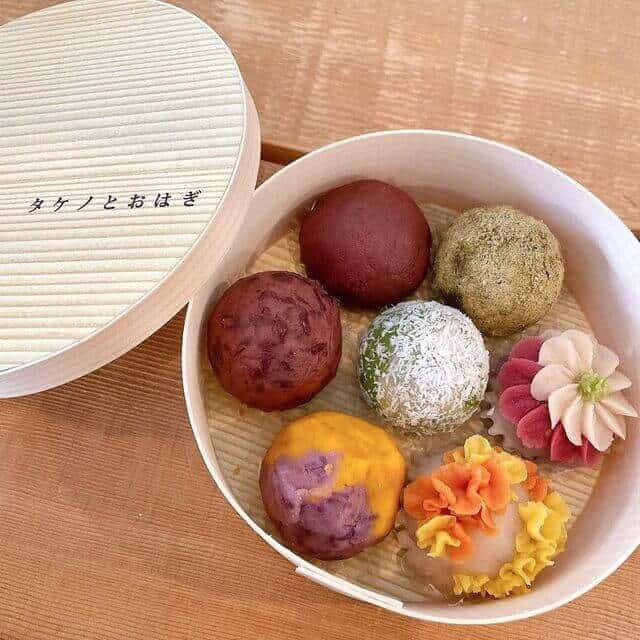
characterized by a Western-style appearance that is very different from the general image of a Japanese confectionery shop. The ohagi and botamochi you can buy at this shop are not limited to the classic one strained bean paste and tsubuan. They come in a variety of colorful flavors such as pink and blue. It comes in a wooden box and has a luxurious feel to it.
Kanmi-Okame (甘味おかめ 有楽町店)
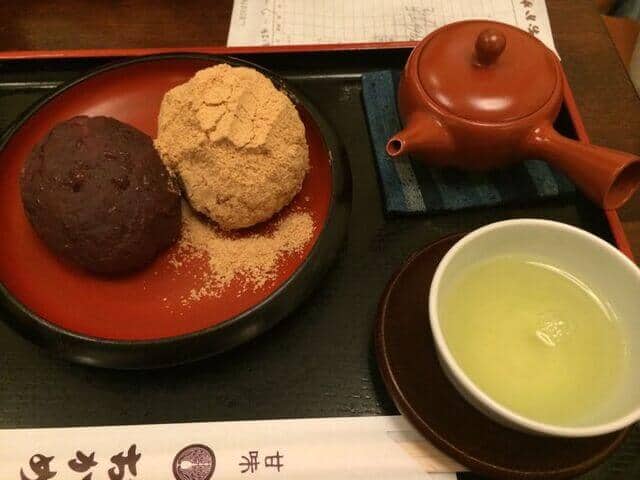
This shop started in the 1930s as a sweets shop, which was the predecessor of this shop. At such a historic sweets shop, you can enjoy ohagi, characterized by its large size. It’s about twice the size of a normal ohagi. In addition, they made the ohagi and botamochi with bean paste only from adzuki beans and sugar.
Final Thoughts
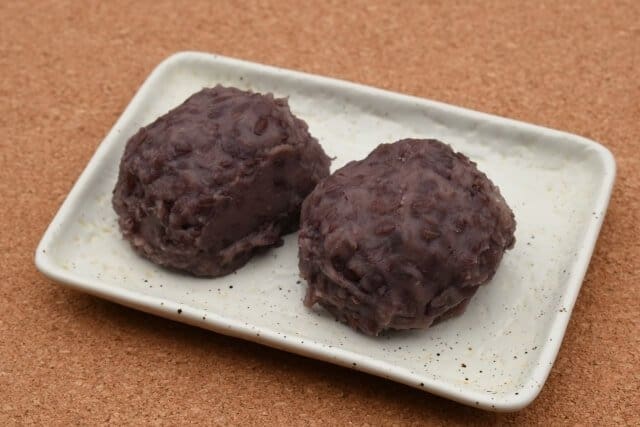
Botamochi is a delightful and beloved traditional Japanese sweet that locals enjoyed for centuries. From its humble origins as a snack to its many modern variations and adaptations, Botamochi has remained a favorite treat in Japan for generations. So, if you’re planning a trip to Japan, be sure to try this delicious sweet and experience the unique and wonderful flavors of this beloved Japanese treat.
You can check some Japanese mochi dishes that we know you would like to try too.
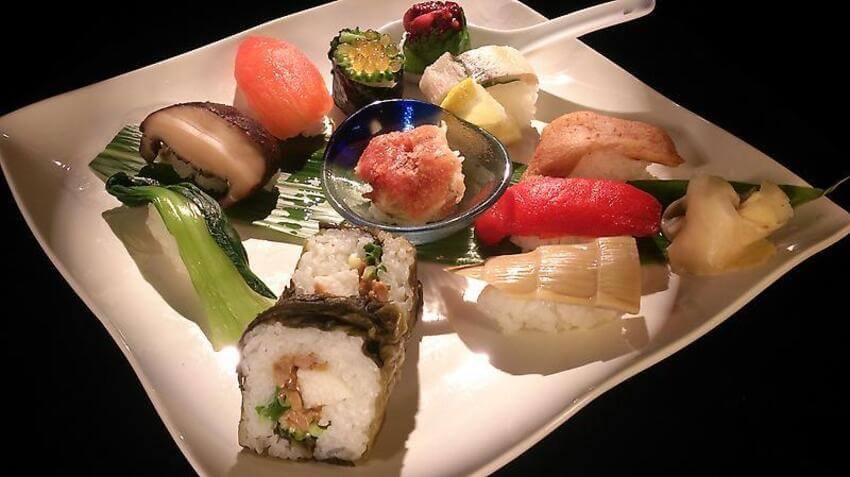







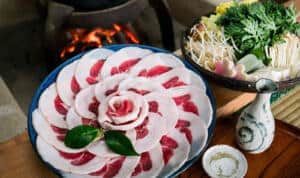
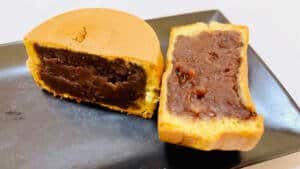
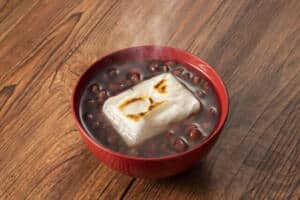
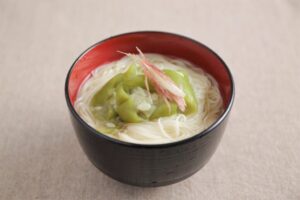
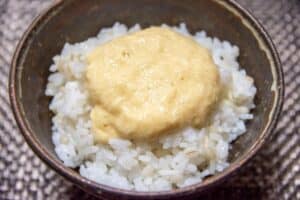
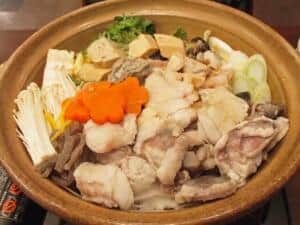

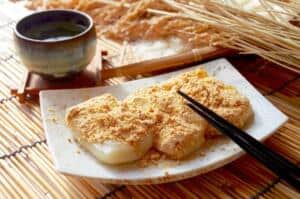
Comments